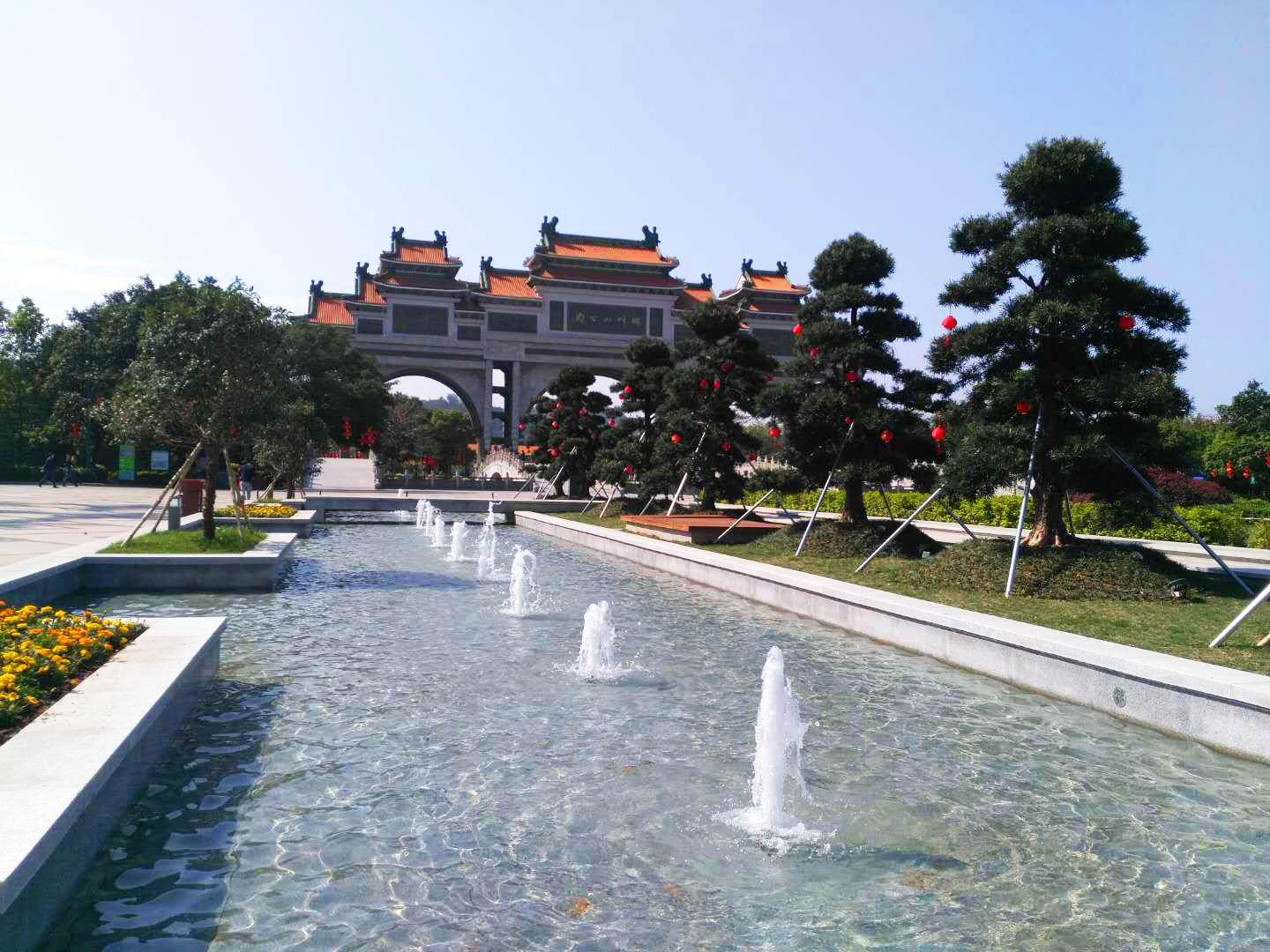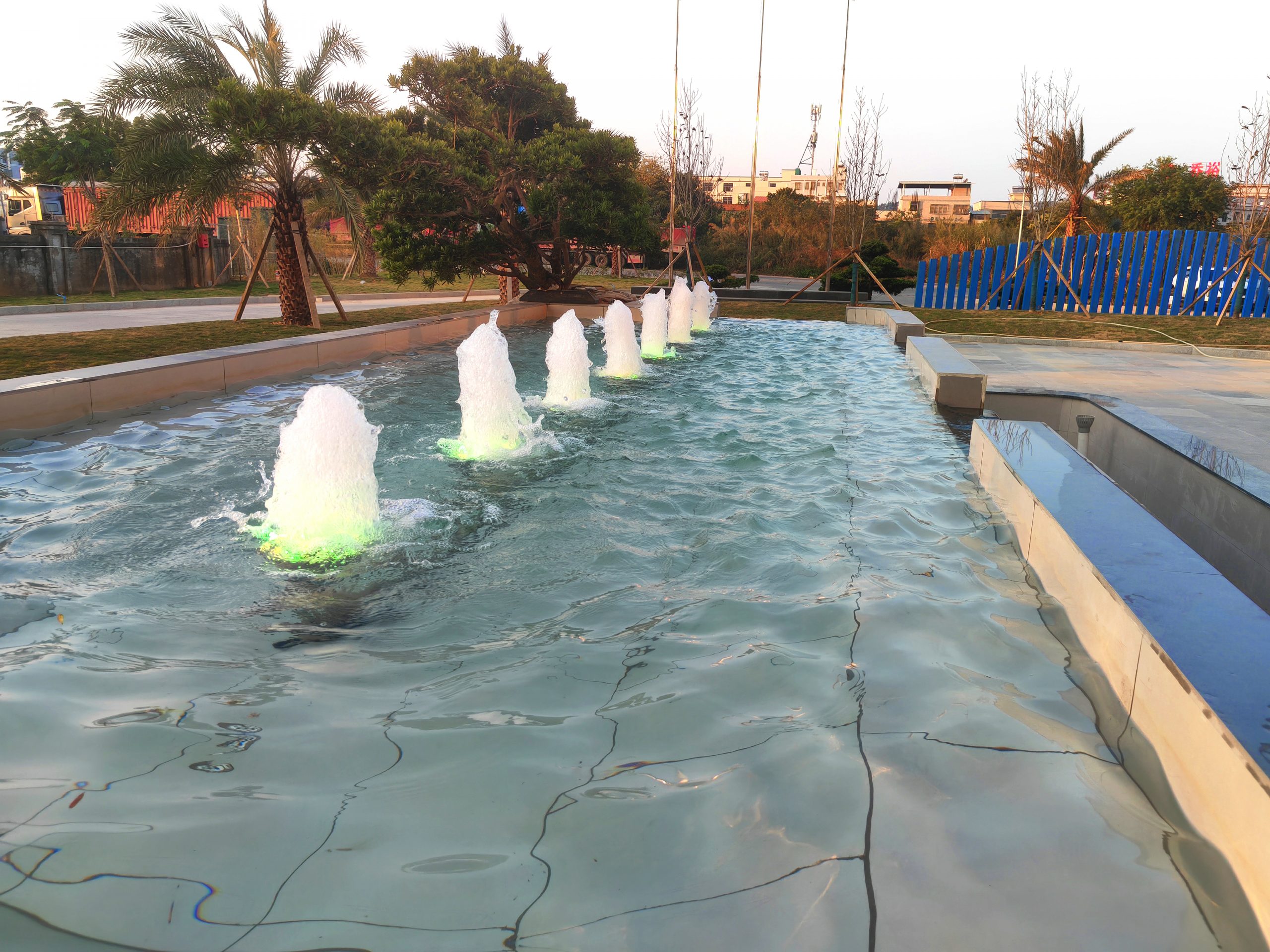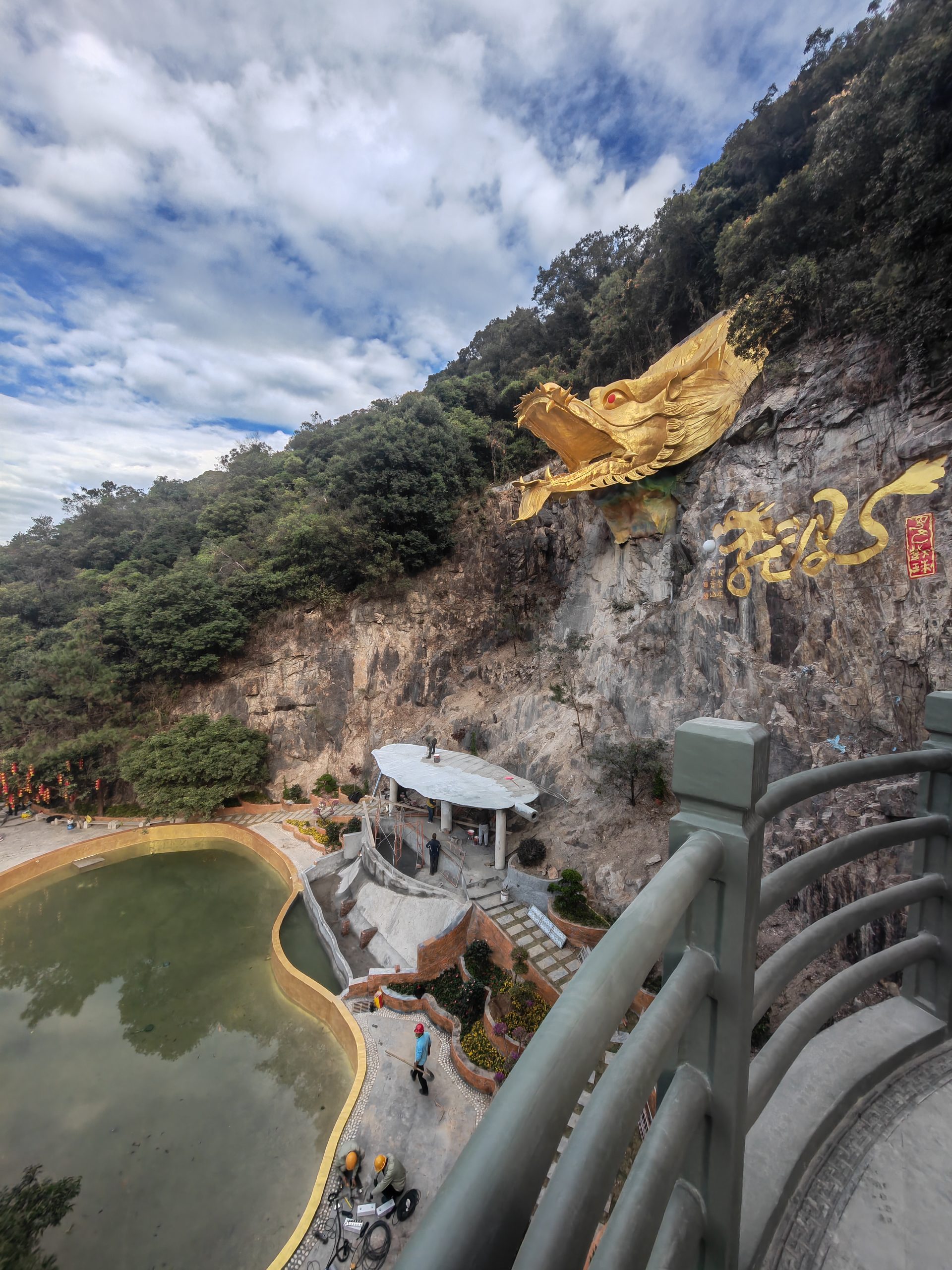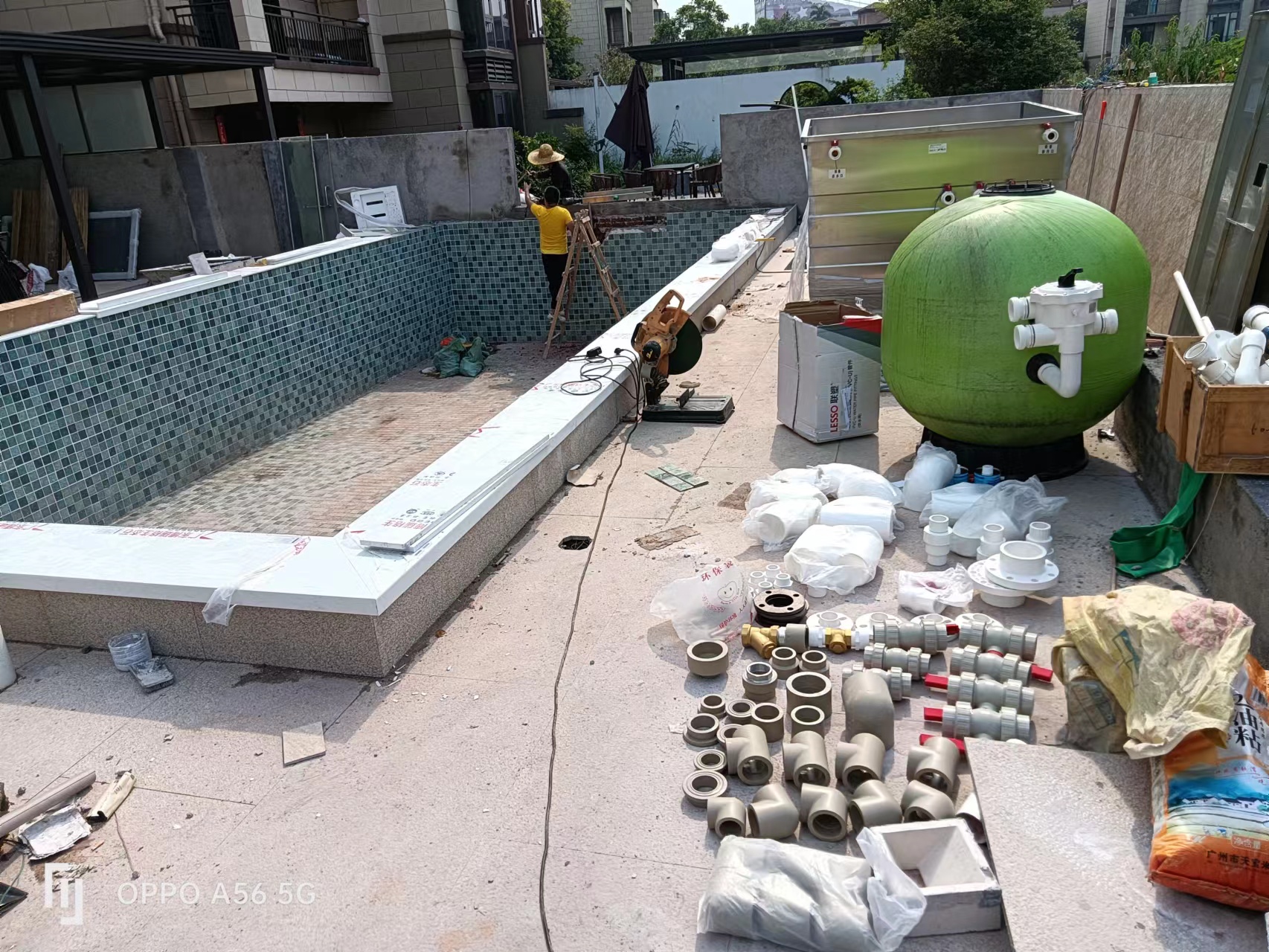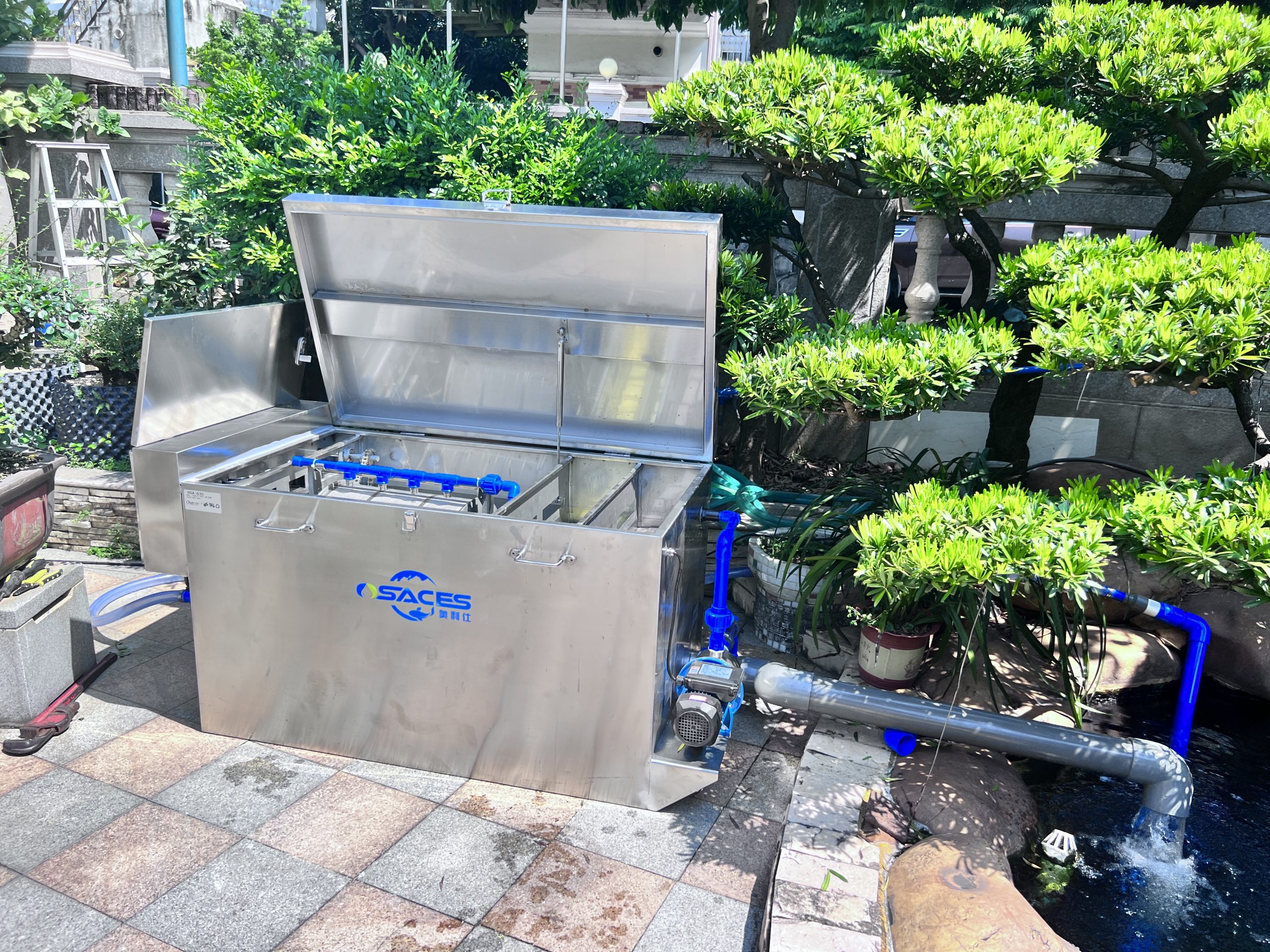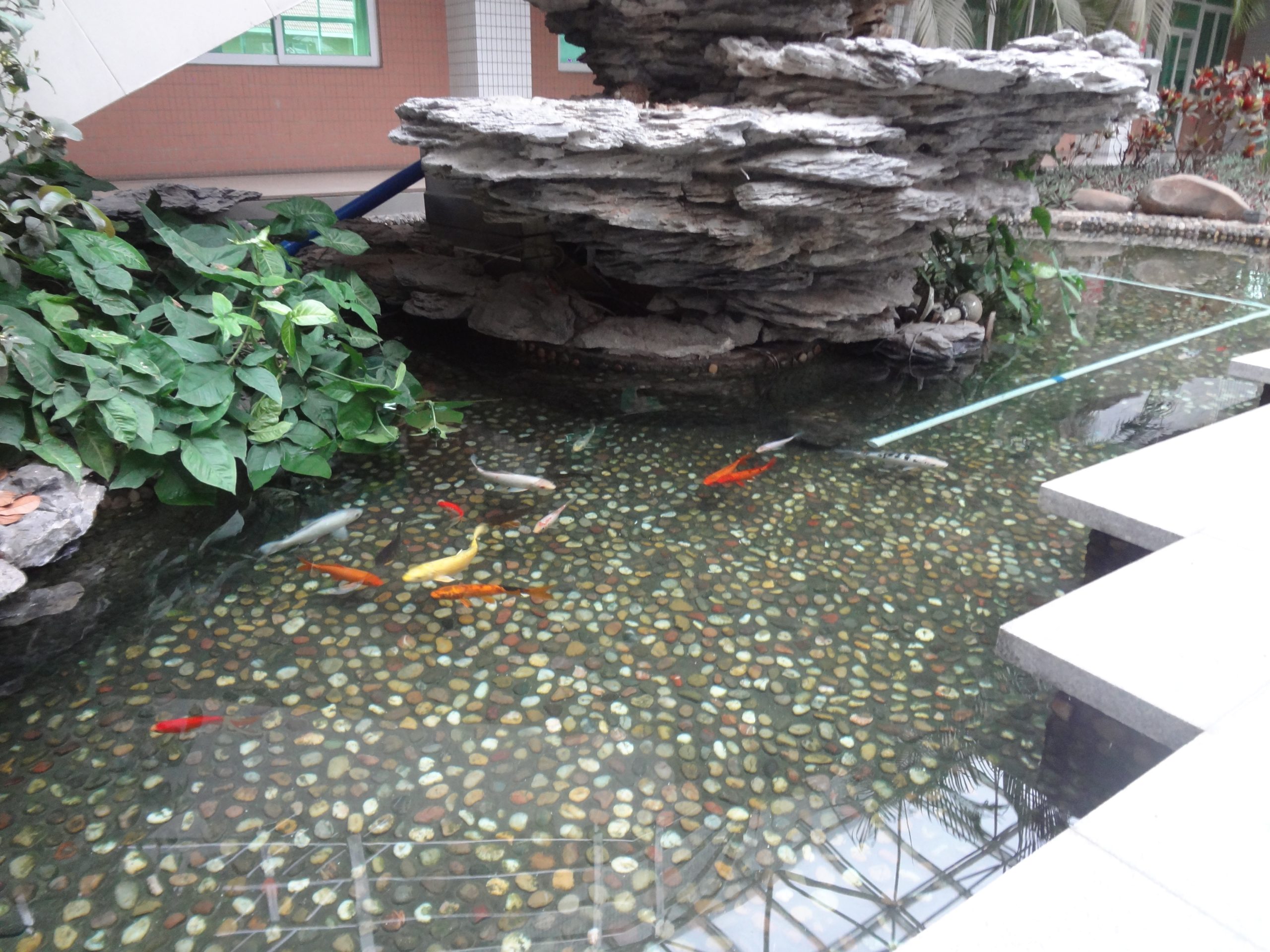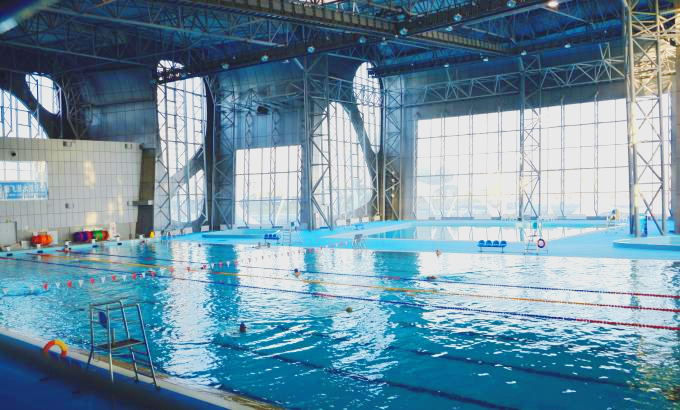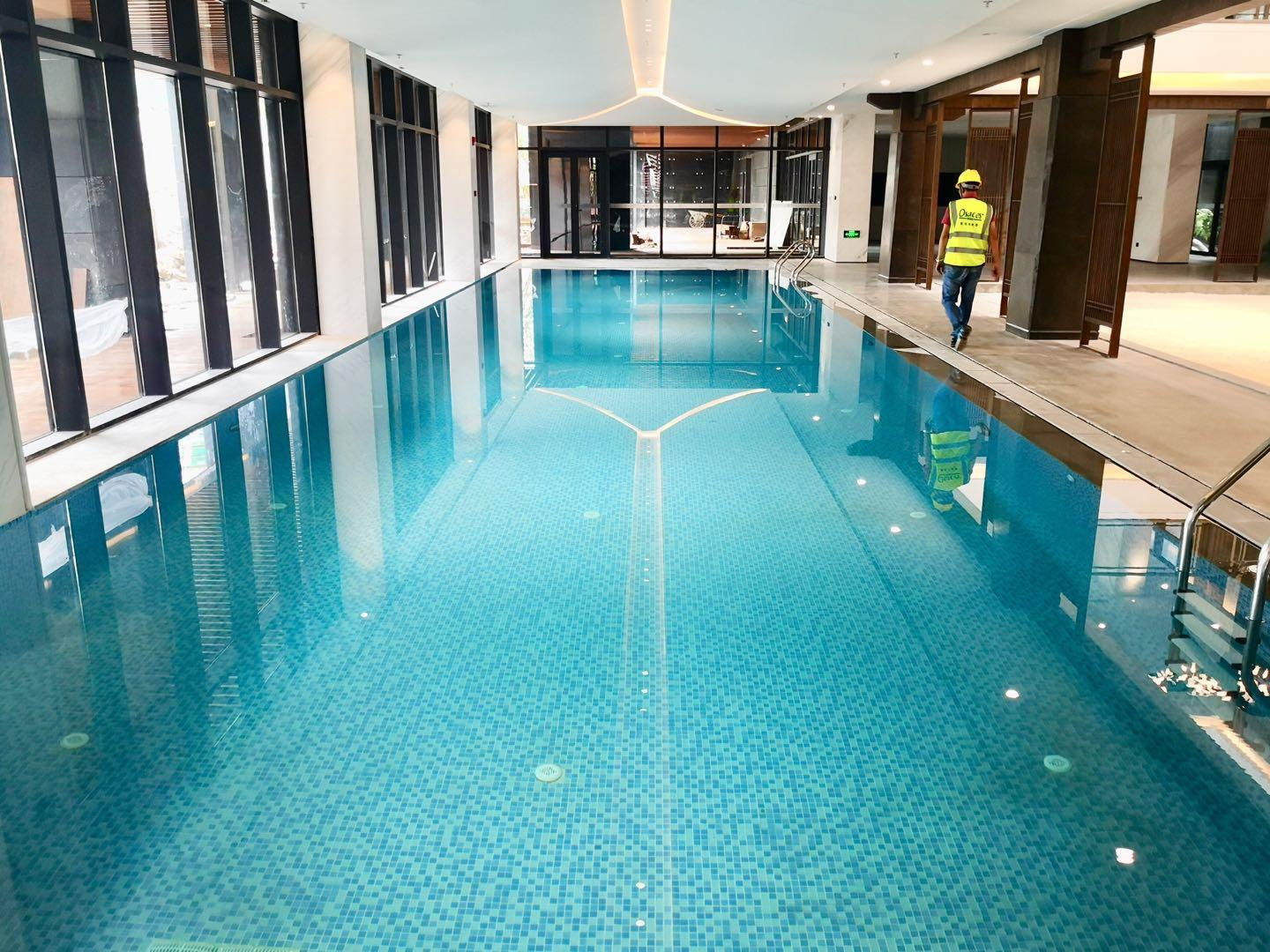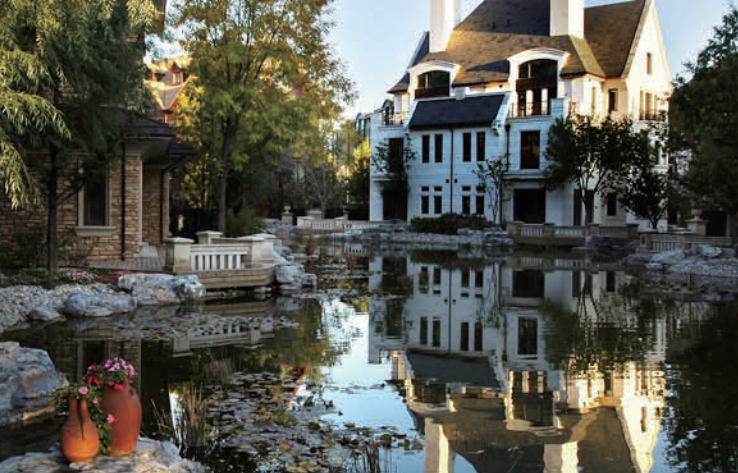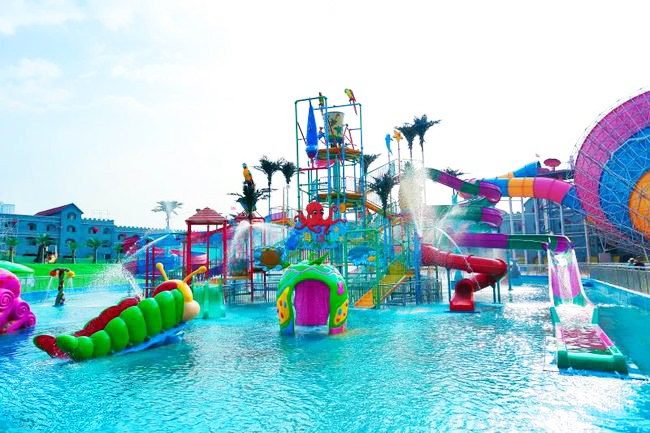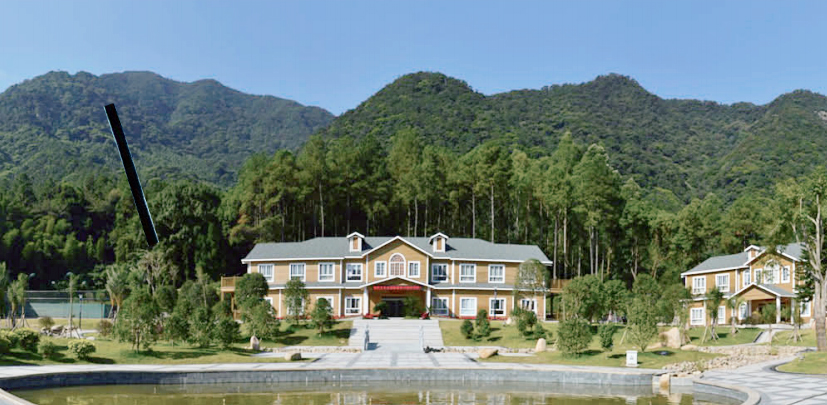common problems
contact details
 Ollies (Guangzhou) Recreation and Sports Equipment Co.
Ollies (Guangzhou) Recreation and Sports Equipment Co.Tel: (020) 82686289
Fax: 020-82694853
Headquarter: No.31-37, Xincun 2 Road, Shangjiang North Street, Dongzhou Village, Xintang Town, Zengcheng City, Guangzhou, Guangdong, China
Ecological construction of fish ponds
In twenty years of fish pond engineering practice, we have come to realize that a healthy ornamental water body is essentially a precise contract between microorganisms, aquatic organisms and the physical environment. By combining the breeding standards of the Japanese Koi Association (JKIA), the latest results of the German Institute of Fluid Mechanics and the Institute of Aquatic Biology of the Chinese Academy of Sciences, we have broken down the seemingly arcane process of "water cultivation" into 36 quantifiable technical nodes. In particular, the alkaline residue of concrete pools, the "short-flow effect" of filtration systems, and the low-temperature inactivation of nitrifying bacteria are three invisible killers most easily overlooked by novices. In this edition, a new module of big data analysis based on 200 project cases is added, which can help you to predict the special treatment solutions for different climatic zones (e.g. acidic soils in South China and saline soils in Northwest China).
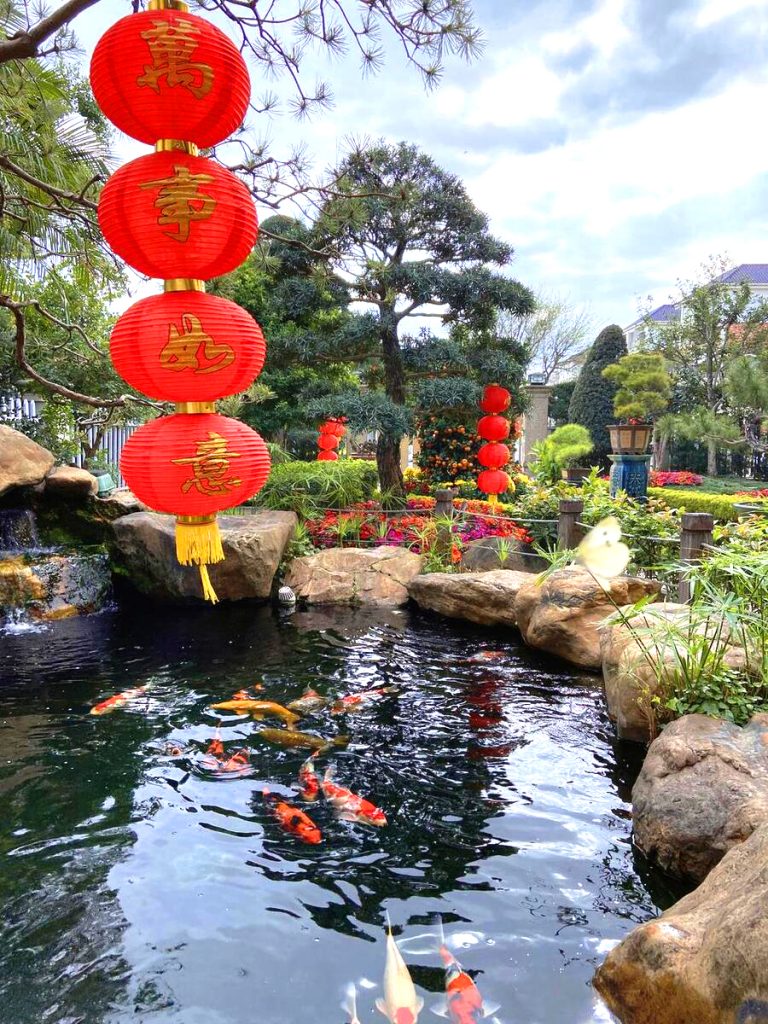
I. Bubbling Pool Water Nurturing Trilogy
1. Chemical neutralization period (critical 72 hours)
- Concrete pools need to be wiped down on the inside with a 10% acetic acid solution;
- Dynamic monitoring: Daily testing of pH fluctuations of no more than 0.5 units;
- Neutralization endpoint: Total Dissolved Solids (TDS) <200ppm goes to the next stage;
2. Microbial domestication period (golden 21 days)
- Colony gradient inoculation:Days 1-7: Bacillus subtilis (0.5g/m³) Days 8-14: lyophilized powder of nitrifying bacteria (2g/m³) Days 15-21: compound EM bacteria (10ml/m³);
- Bioindication: success is marked when the population density of Daphnia reaches 5 individuals/mL.
3. Periods of ecological equilibrium (sustained conservation)
- Establishment of algal balance: Installation of 6500K color temperature LED lights for 6 hours per day;
- Buffer system construction: add coral bone (1kg/m³) to stabilize the KH value.
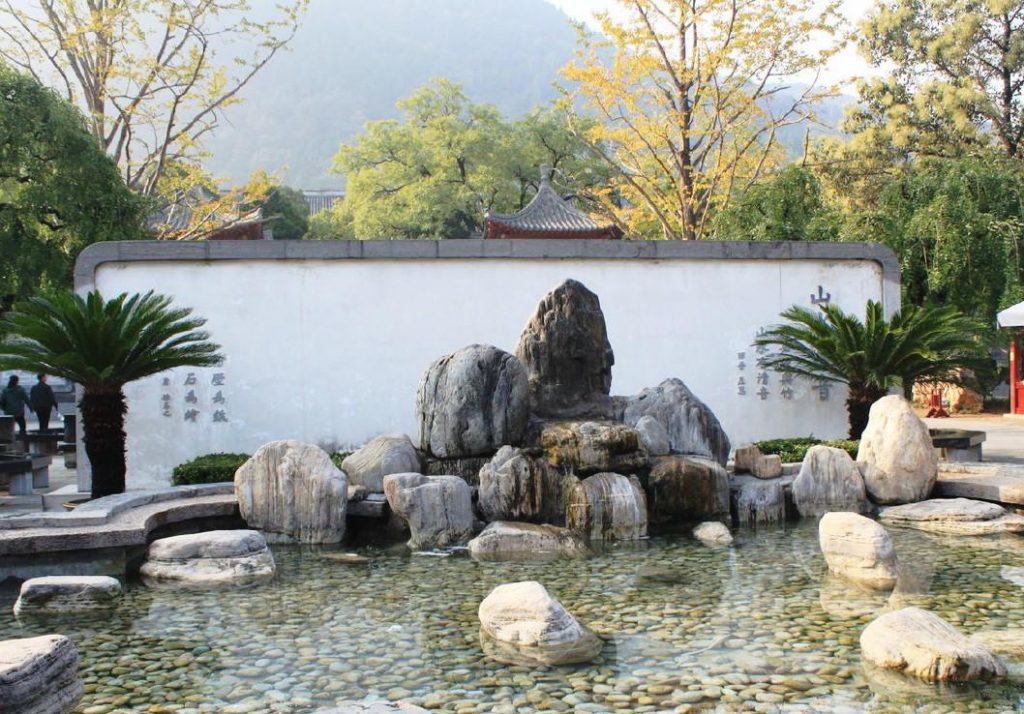
II. Five-dimensional filtration system design
Physical filtration subsystem
- Three-stage intercept design:
│ Level 1: Rotary drum filter (80 mesh)
│ Level 2: Nanofiber bags (50μm)
│ Level 3: Protein separator (for outdoor pools)
Biochemical reaction subsystem
- Packing matrix configuration:
└─ Bottom: Porous ceramic ring (25-30 mm)
└─ Central: moving bed biofilm (K3 filler)
└── Upper: three-dimensional elastic filler (spacing 15cm)
Hydraulic model optimization
- Pipe Diameter Calculation Formula:D=√(4Q/πv) (Q=flow rate m³/h, v=flow rate 0.8-1.2m/s)
- Anti-short-circuit design: adopting "Feng" water distributor
III. Fault Tree Analysis (FTA) application
Diagnostic Matrix for Common Problems
| impunity | incentives | prescription |
|---|---|---|
| whiteout | heterotrophic outbreak | Stop eating + Oxygenation + Photosynthetic bacteria |
| Filter material sloughing | biofilm overgrowth | Combined gas and water backwashing |
| High nitrites | collapse of nitrification system | Supplemental sodium bicarbonate + reduced feeding |
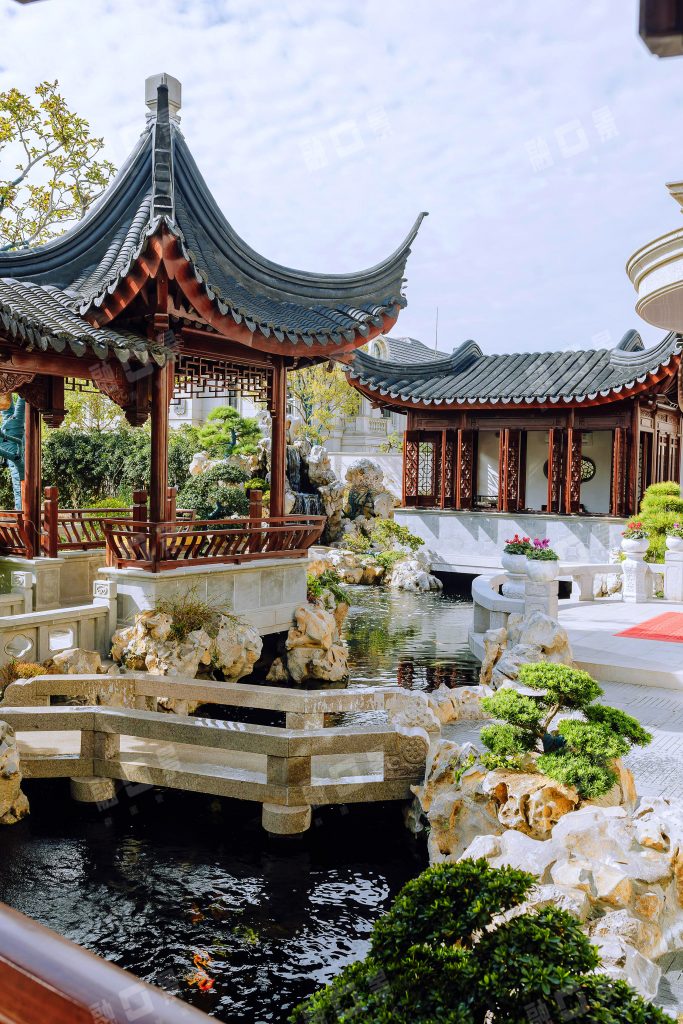
When you have completed the first closed-loop ecosystem, you will realize that the most delicate filtration system is actually time itself. The seemingly slow process of microbial proliferation, mineral dissolution, and algal turnover is nature's code for a water body's ability to heal itself. It is recommended that you reread Chapter 6 of the manual, "Atlas of Biological Indicator Species," every quarter, and you will develop an intuitive sense of how to predict changes in water quality by observing the activity of daphnids - this is when engineers and the water body truly come to understand each other. Remember, we are not designing a mechanical device, but a breathing liquid life form. For more information, please contact us at 020-82686289.
Related content
- Ecological construction of fish ponds
- Why indoor pools must be dehumidified
- How to choose the pool water treatment equipment is professional
- Villa Pool Filtration System
- Systematic management program for koi ponds during high temperatures
- Activated carbon in water treatment mechanism and the use of methods
- Koi "call for help": the language behind the floating head
- Underlying logic of fish pond water quality stabilization
